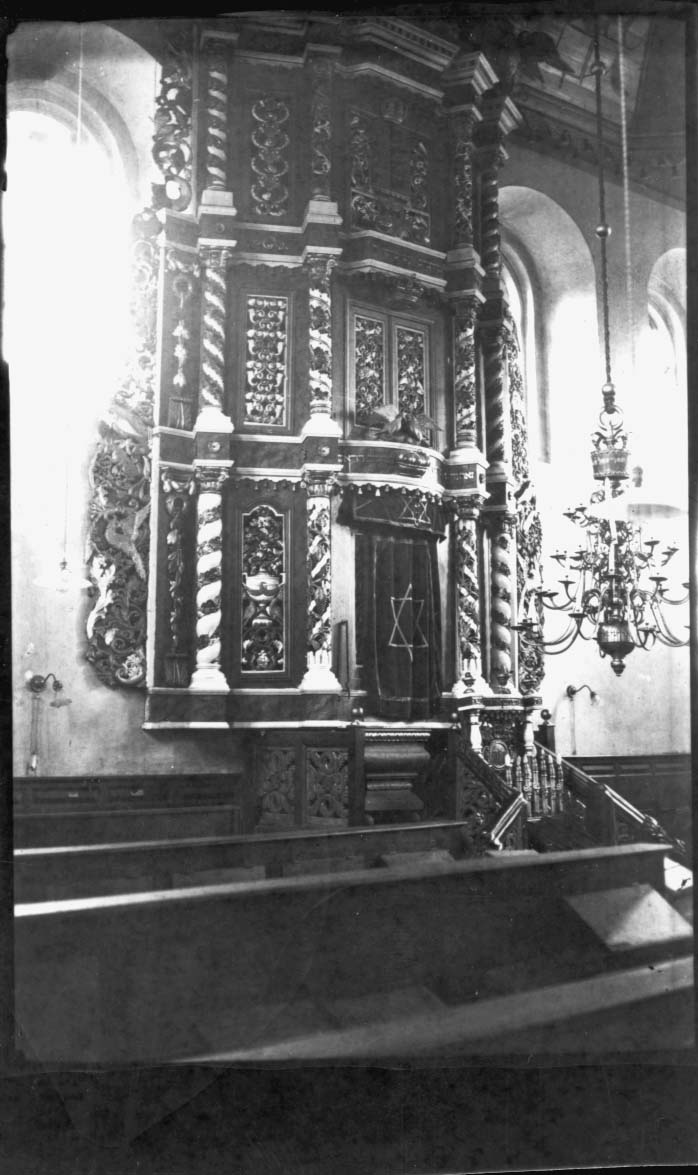

Virbalis

After World War I, Virbalis became part of independent Lithuania. Its Jewish population remained stable through the 1900s-1920s. Jews played an important role in the local economy during the interwar period. Jewish entrepreneurs built a power station in the town, and they owned factories, including a metal-casting plant, a flour mill, etc. The Nazi seizure of power in Germany in 1933 dealt a blow to the Jewish trade with the country: The Jews of Virbalis were no longer allowed into the German border areas. This fact, coupled with the Great Depression of 1929-32, caused many Jews to leave the town. In mid-1939, on the eve of World War II, there were only about 600 Jews in Virbalis.
In September 1939, World War II began with the German invasion of Poland. The frontier Jewish communities in Lithuania had to take in hundreds of Jews who had been expelled by the Nazis from the Suwałki area in Poland. In particular, the Virbalis community took in 100 Jewish refugees from Poland. In June 1940, Lithuania was annexed by the Soviet Union, and life in Virbalis changed dramatically: The economy was nationalized, and all the non-communist parties and organizations were disbanded.
On June 22, 1941, the Soviet-German War broke out, and German troops entered the town on the morning of that same day. A curfew was then imposed on the local Jews; they were required to wear a yellow patch on their clothing, and forbidden to have any contact with non-Jews. Under the German occupation, the so-called Lithuanian "activists" launched a wave of anti-Jewish violence.
On July 7, 1941, the Germans, assisted by the Lithuanian police, arrested all Jewish males over the age of sixteen (more than 200 people) and took them to the Raudondvaris estate, on the northern edge of the town. On July 10, these men were shot in former anti-tank ditches, 400 meters northwest of Raudondvaris. After the massacre, the rest of the Jews of Virbalis, mostly women with children, were resettled in the abandoned houses of the local ethnic Germans (who had just been repatriated to Germany), where a makeshift ghetto was set up. On July 29, a second mass shooting took place at the same site. This time, the victims were the remaining Jewish men from the ghetto, along with some women. On September 11, 1941, the Nazis liquidated the Virbalis Ghetto: Its last surviving inmates, mainly women and children, were killed at the same site. Some Jews brought over from the Kybartai Ghetto were murdered along with them.
Virbalis was liberated by the Red Army in October 1944.

